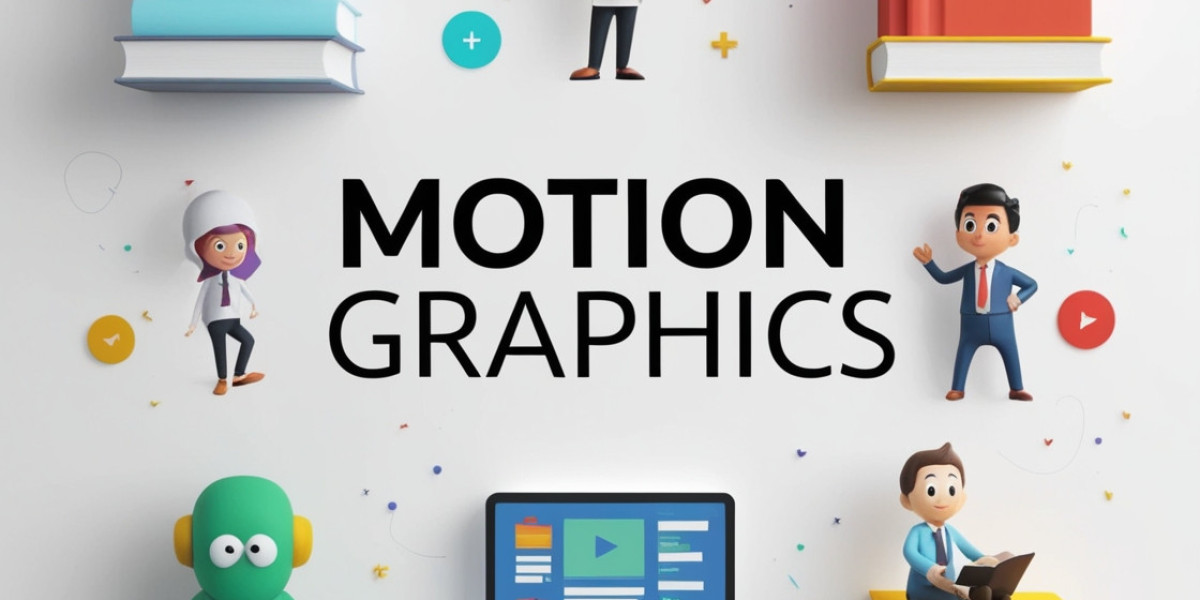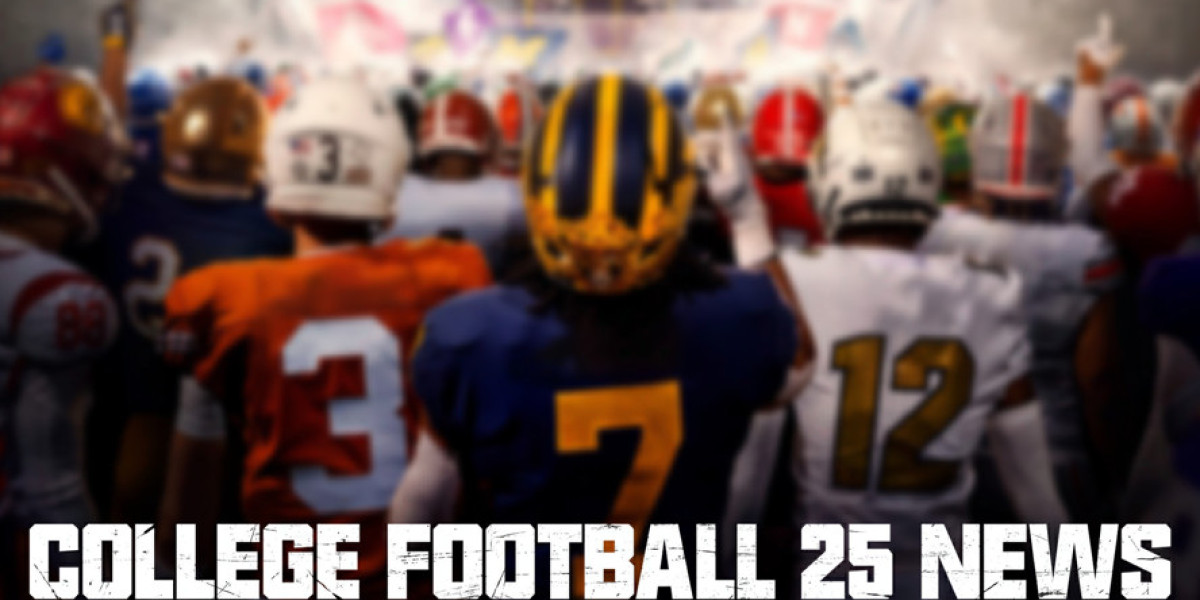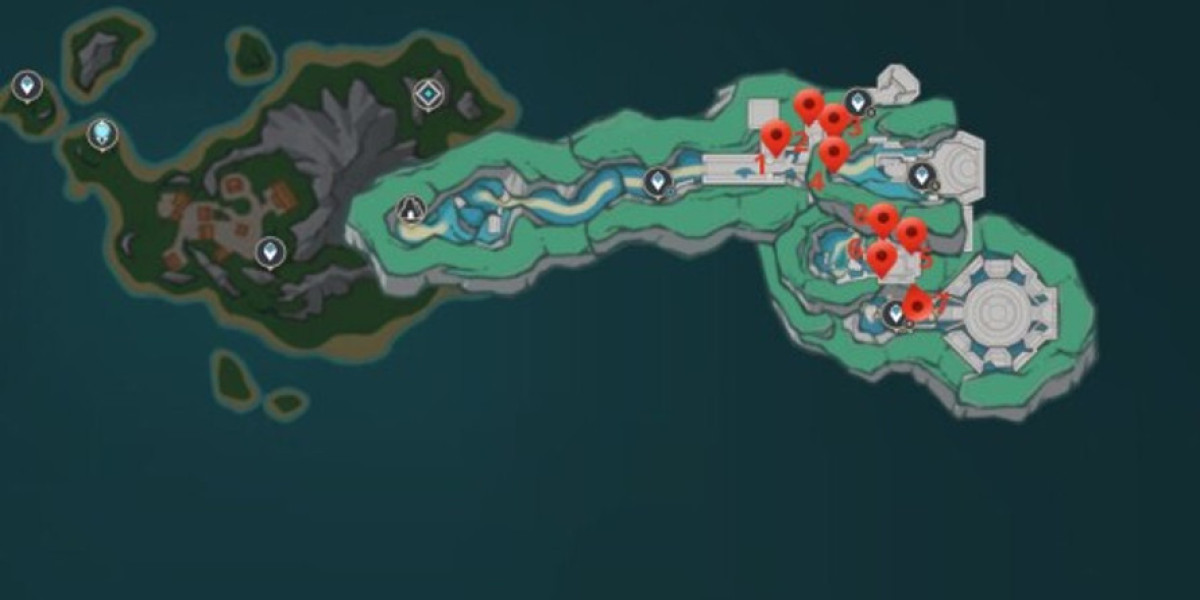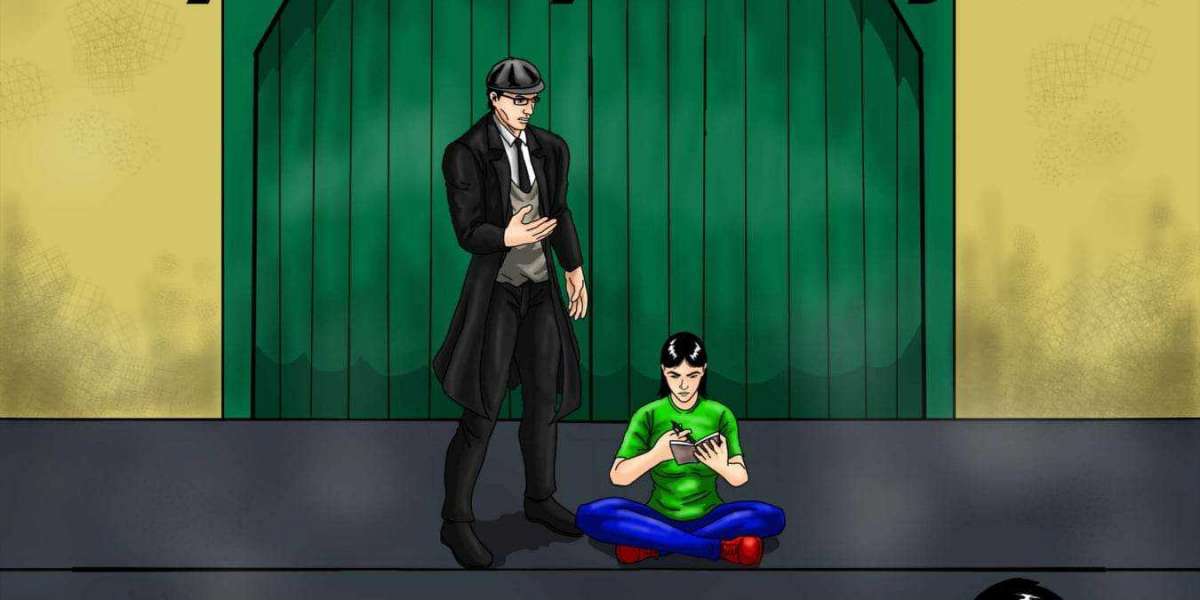What Makes a Great Motion Graphics Designer?
1. Strong Understanding of Design Principles
A great motion graphics designer should have a solid understanding of the fundamental principles of design. These principles are the building blocks of any visual work and include aspects like composition, balance, color theory, typography, and alignment.
2D motion graphics, for example, rely heavily on the effective use of these design principles to ensure that the graphics are not only aesthetically pleasing but also functional. A designer should know how to create harmony in their work, making sure that elements are visually balanced and that the design communicates the intended message.
An excellent designer also understands how to use colors effectively. The right color palette can evoke specific emotions and help reinforce the message of the animation. A great designer will know when to use vibrant colors to grab attention or more subdued tones for a calm, professional effect.
2. Creativity and Artistic Vision
Creativity is the core of any design field, and motion graphics is no exception. A great motion graphics designer needs to have a strong artistic vision that allows them to think outside the box and develop unique and innovative ideas. Creativity isn't just about making things look pretty; it's about solving problems and finding new ways to communicate complex ideas.
For instance, if you need to explain a complicated process, a skilled designer will use their creativity to break it down into simple, understandable steps that are engaging for the viewer. Whether it's through creative 2D motion graphics or stunning animation effects, the ability to think creatively is essential for creating compelling content that stands out from the competition.
3. Technical Proficiency
A skilled motion designer must have a deep understanding of the tools and software used to create motion graphics. This includes software such as Adobe After Effects, Adobe Illustrator, Cinema 4D, Blender, and others. A good motion graphics designer should be able to use these programs efficiently and know when to utilize specific tools to achieve the desired effect.
In addition to software skills, a strong knowledge of animation techniques, such as keyframing, easing, and rigging, is crucial for creating smooth and professional animations. 2D motion graphics, in particular, require a solid understanding of timing, motion paths, and transitions to ensure that every element moves naturally and seamlessly.
4. Understanding of Storytelling
At the heart of any great motion graphics and animation project is storytelling. A skilled motion graphics designer knows how to tell a compelling story through animation. Whether the project is an explainer video, a brand advertisement, or a social media clip, the designer must ensure that the visuals align with the narrative and enhance the viewer's understanding of the message.
A great designer is adept at pacing the animation, deciding where to place emphasis, and choosing the right timing for each scene to ensure the message is communicated effectively. The best designers also have an intuitive understanding of how to evoke emotion through their visuals, from the color palette to the movement of the elements.
5. Attention to Detail
Attention to detail is one of the most important qualities of a great motion graphics designer. Even the smallest detailssuch as how an element fades in or the precise timing of an animationcan make a huge difference in the final result. Motion graphics are about precision, and the designer must ensure that every movement, transition, and effect is carefully crafted to meet the desired outcome.
This attention to detail also extends to ensuring consistency throughout the animation. For example, if a particular font or graphic is used, the designer should ensure that it is used correctly and consistently across the entire project. This level of attention to detail is especially important when working with brand assets, as consistency helps reinforce brand identity.
6. Ability to Adapt to Different Styles
The ability to adapt to different styles is another key characteristic of a great motion graphics designer. Different projects may require different approaches, and a designer must be versatile enough to create animations that fit various design aesthetics.
For example, a 2D motion graphics animation for a fun, light-hearted children's brand will require a different style than a sleek, professional animation for a tech company. A great motion designer will know how to adapt their style to fit the tone of the brand and the intended message, whether it's minimalistic, playful, or sophisticated.
7. Problem-Solving Skills
Designing motion graphics often requires solving problems, whether it's figuring out how to convey a complex idea in a simple way or troubleshooting technical issues with animation software. A great motion graphics designer must be able to think critically and solve these problems creatively.
For example, when designing a 2D motion graphic animation, the designer might encounter challenges with timing, spacing, or transitions. Being able to identify the problem and come up with an effective solution is an essential skill for any great designer.
8. Collaboration and Communication Skills
While motion designers often work independently, they also need to be effective collaborators. Whether working with other designers, copywriters, marketers, or clients, a great motion graphics designer must be able to communicate clearly and work well in a team environment.
Clear communication is crucial in ensuring that the final product aligns with the vision and expectations of the client. Being able to understand feedback, adapt to changes, and work together toward a common goal is essential for success in the field.
9. Passion for Design
Passion is what separates a good designer from a great one. A great motion graphics designer is not just interested in creating visually appealing animations; they are passionate about their craft and continually strive to improve. Whether it's experimenting with new animation techniques, staying updated on industry trends, or learning new software tools, a true passion for design is essential to long-term success in this field.
Conclusion
So, what makes a great motion graphics designer? The answer lies in a combination of creativity, technical skills, design knowledge, and the ability to tell compelling stories through animation. From an in-depth understanding of motion graphics principles to a passion for problem-solving, a great designer brings a unique blend of artistry and precision to their work.








